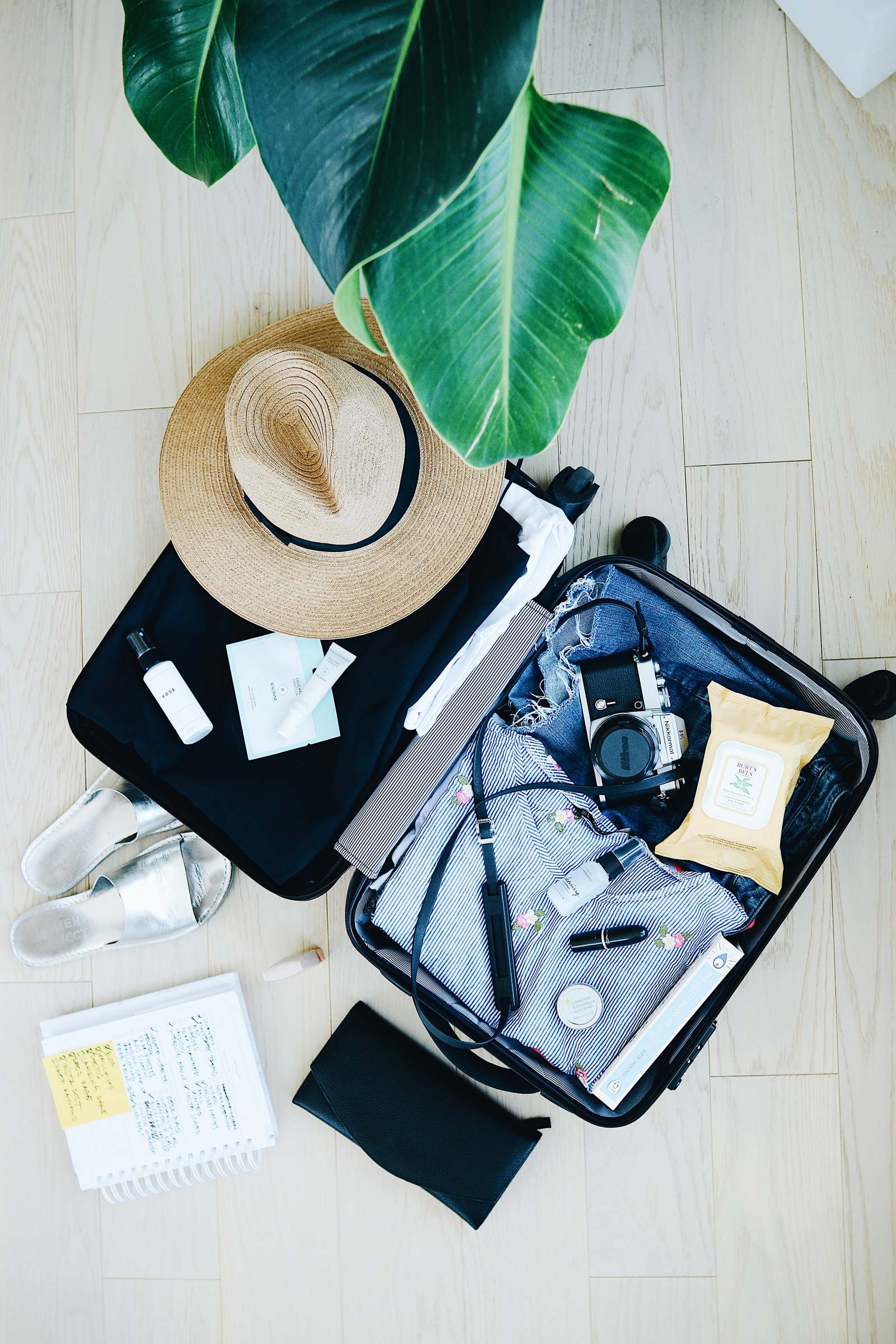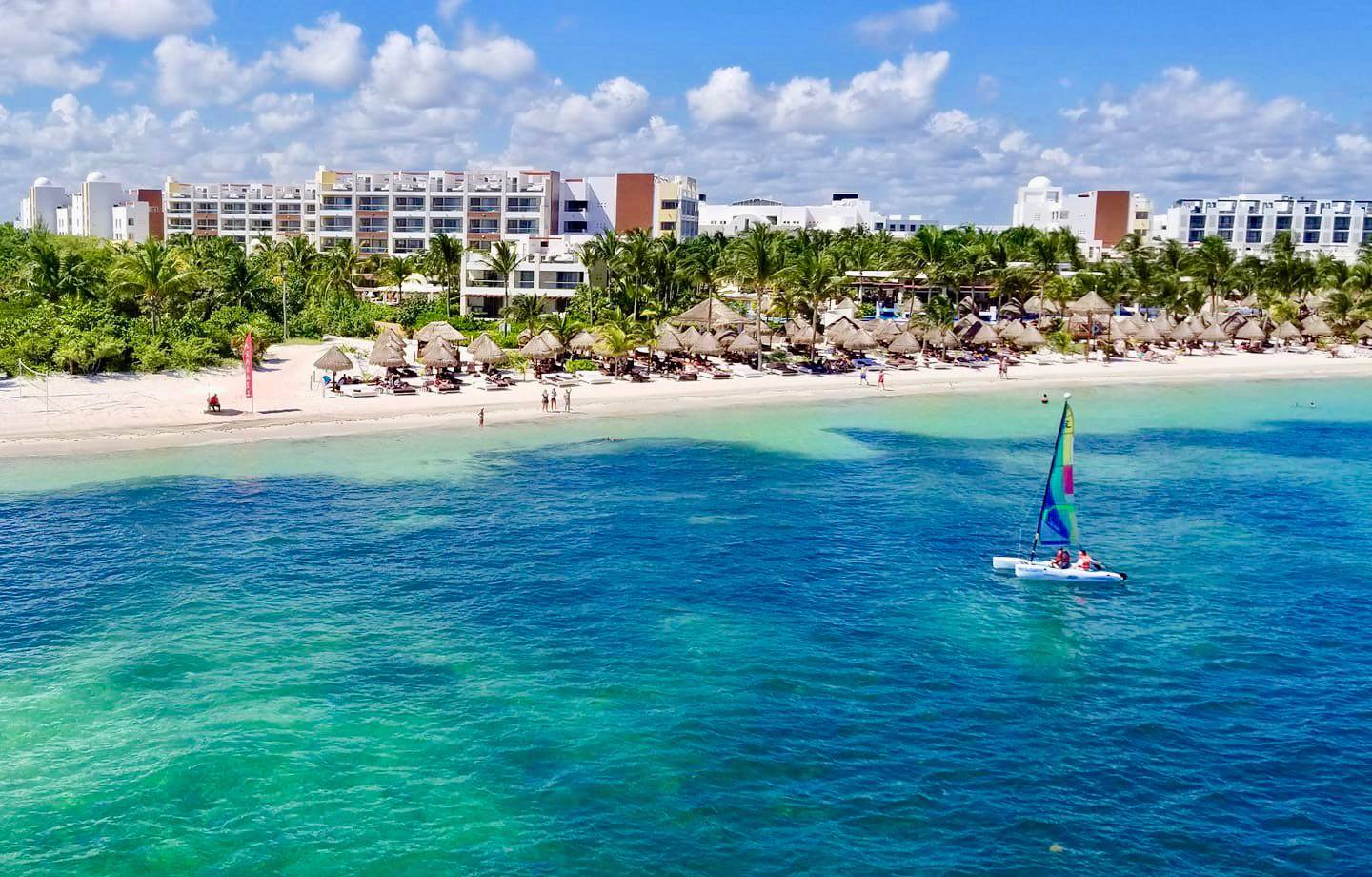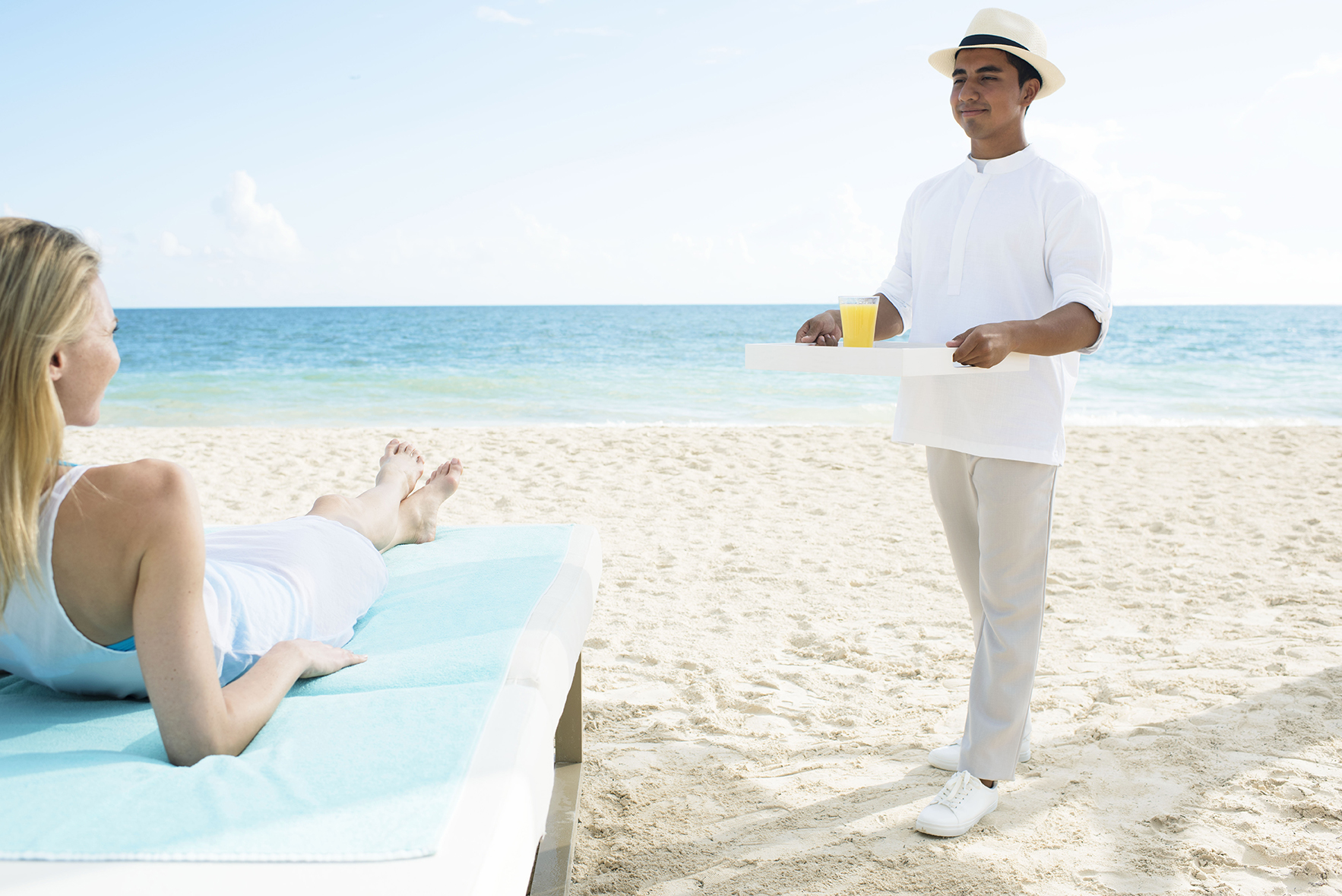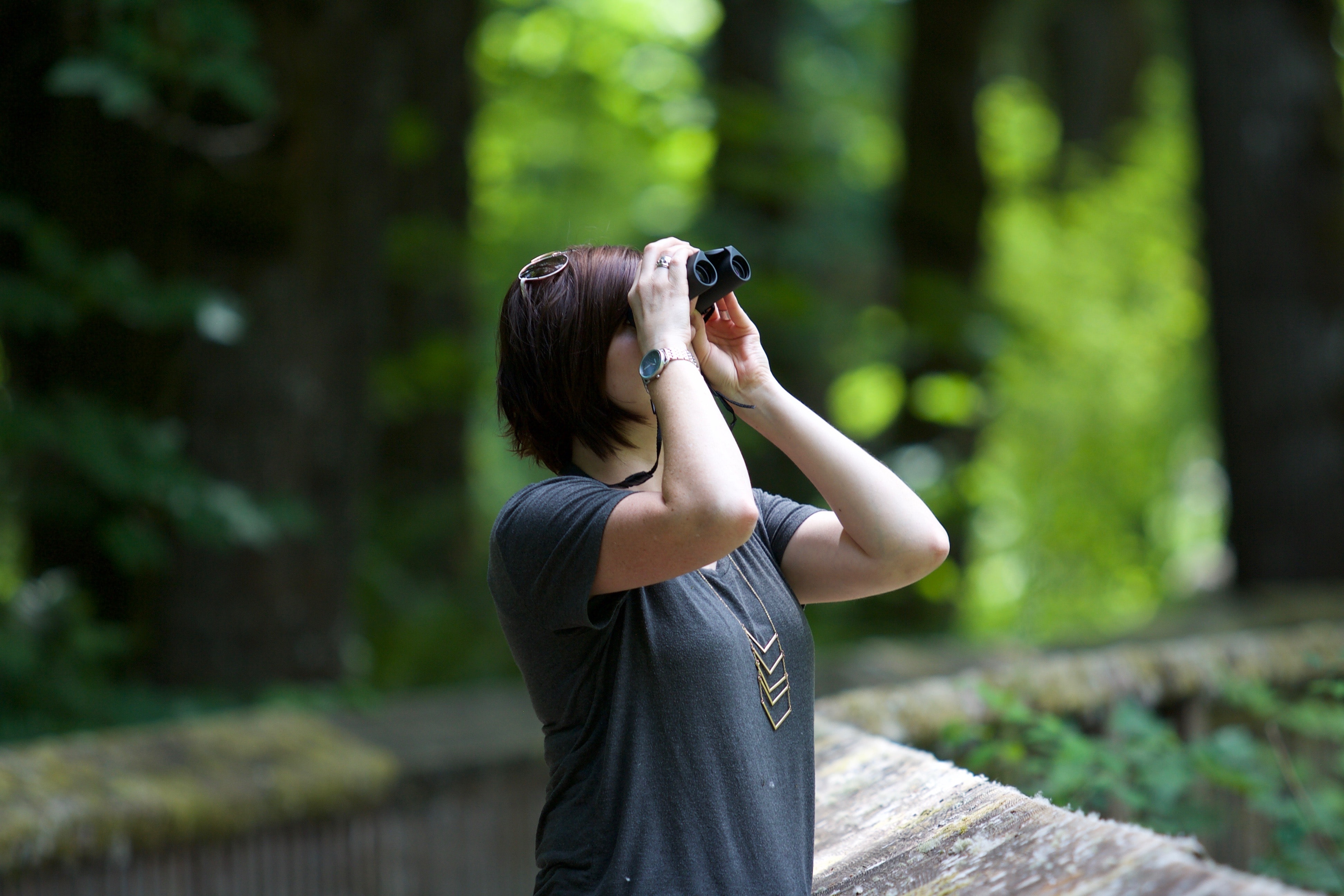Take a Tour of Ancient Mayan History at The Coba Ruins
Dive into the past as you uncover the sensational history of this ancient Mayan civilization with a Coba ruins tour. What will you discover?
The Yucatan Peninsula, the region of Mexico where Cancun, the Riviera Maya, and Playa del Carmen are located, is rich with ancient Mayan history. The peninsula is home to thousands of archeological sites. Some, like Chichen Itza and Tulum, are very well known, while most are relatively unknown to visitors. Some are even located on private property.
While not as well-known as Chichen Itza and Tulum, the Coba ruins are worth a visit. The city of Coba peaked during the Late Classic period, roughly between 600 and 900 AD, when it experienced significant population, architectural, economic, and political growth. It is estimated to have had a population of between 50,000 and 100,000 inhabitants and contained some 6000 structures. The city was a thriving regional capital.
How far is Coba from Cancun?
Coba, which means “chopped water" in Maya, is located in Quintana Roo, the same state where Cancun is located, near the border of the state of Yucatan. It’s about a 2-hour drive from Cancun and about a 40-minute drive from Tulum.
5 Mayan Attractions to see at Coba
1) Nohoch Mul Pyramid
Nohoch Mul, which means "great mound" in Maya, is the tallest pyramid in Coba and the state of Quintana Roo, and the second tallest in the Yucatan Peninsula. Nohoch Mul rises high above the lush tropical jungle, and is some 42 meters (about 138 feet) high.
It consists of a seven-tiered base with rounded corners, two staircases, and a temple at the top that features architectural characteristics similar to many of those found in sites along the eastern coast of the peninsula. It was primarily used as a religious center, a symbol of the ruling lineage's power, and a mausoleum for rulers. Unfortunately, visitors are no longer allowed to climb Nohoch Mul.
2) Sacbéob
Coba is known for sacbe, plural sacbeob or "white roads", which are ancient ceremonial pathways that connect different parts of the site, including the three main areas: Nohoch Mul, Conjunto Pinturas, and Macanxoc. In addition to pyramids, sacbéob are an example of the Mayans’ astounding engineering skills. They are straight stone paths between 4 and 20 meters wide and up to 300 kilometers long, are usually elevated, approximately one meter above ground level, and paved with “sascab” (limestone dust) or lime.
Mayans used these roads to travel from one city to another on foot, usually for commercial reasons. Due to the high temperatures in the area, they would travel at night, and experts believe that the roads were white to reflect the moonlight and keep the path illuminated, and that they had a religious meaning, since a ritual was performed before traveling on one.
3) Conjunto pinturas
The Conjunto Pinturas (Paintings Group) is made up of five structures and thirteen altars. Two of these ceremonial buildings, including the smallest pyramid at Coba, Pirámide del Entrelazado, which translates to “Pyramid of the Painted Lintel”, still show traces of mural painting, which is not very common.
The reason the murals are still somewhat visible is that the structures are thought to be part of the final construction phase of Cobá, meaning that many of these buildings are among the most recent in the area. The area also features intriguing structures with wall carvings, including a structure dedicated to the bee and corn gods.
4) Macanxoc structures
Located near a lagoon of the same name, the Macanxoc area, which was a ceremonial center, is the area of Coba with the most standing stelae, which are large pieces of limestone carved with images and glyphs. Most of them are standing, and there are visible carved images and writing on them. You cannot touch them, but you can get close enough to see them well.
Stela 1 is notable for its depiction of the dates of the completion of the first Great Cycle in the Mayan Calendar on December 21, 2012. (Remember? When the world was supposed to end) Macanxoc is a very quiet part of the site. Most people don’t get around to visiting it.
5) Mayan ball courts

The Mayan ball game was a unique blend of sport, ritual, and theater. Played on a large, I-shaped court, with a trench area in the center, small vertical walls on each side, a wide sloping wall above that on each side, and two stone rings, one on each wall. Two teams of 2 to 6 players would use their hips, elbows, and knees to keep a heavy ball in the air, aiming to score by getting it through one of the stone rings.
The game was more than just a sport; it held deep religious and symbolic significance, often linked to the cyclical nature of life and the cosmos, and was even used to resolve disputes between cities. There are two ball courts located at Coba, a smaller one closer to the entrance and a larger one located further inside the site.
Tips for visiting Coba
Visiting Coba is a fantastic experience for all ages and fitness levels. The site is very large, but there are both bikes and “Mayan limos” (basically a bicycle taxi) available for rent.
Plan for the heat and dress in lightweight, breathable clothing, and don’t forget essentials like water, sunscreen, comfortable walking shoes, and a hat.

Although you can rent a car and drive to Coba, the easiest way to visit is with an organized tour. These tours are led by a guide and most include a visit to a cenote and/or Mayan village.
All that is left now is to book your stay nearby so that you can begin looking forward to your Mexican vacation experiences.
Other Articles you may like

Explore the history behind The Excellence Collection and the exciting foundations of each of its hotels and resorts in your favorite tropical destinations.



